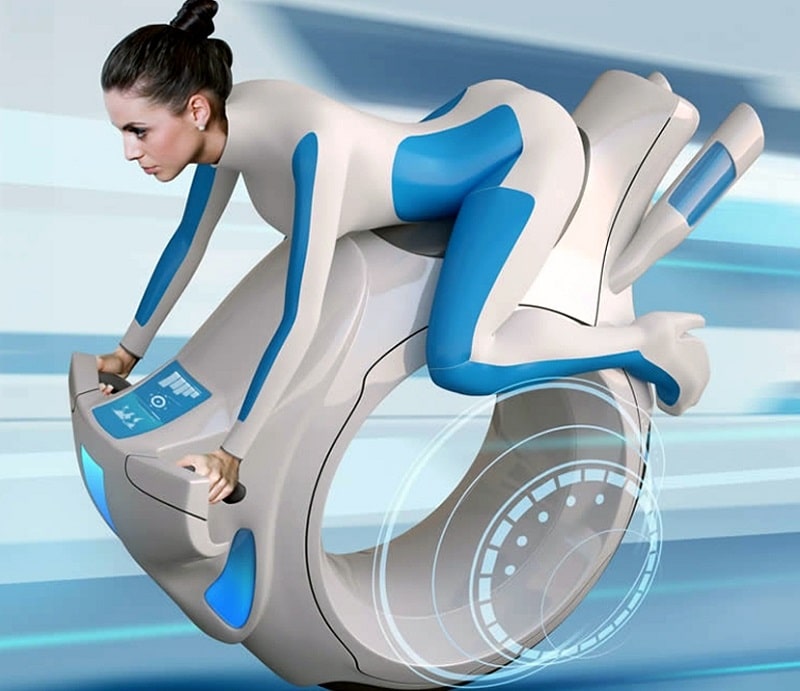Future technologies in real life

The fourth installment of The Matrix movie has already hit the big screens. But soon you can dive into a virtual world not only in the cinematic universe. To dive into the “Matrix” in the future will be possible, at any convenient time and without leaving home. After all, the scenario of direct contact between the computer and the brain are working with Mark Zuckerberg, Ilon Musk and Gabe Newell.
How to play with your mind
A neurocomputer interface is a device that allows direct communication between the human brain and a computer. Moreover, mind control has been developed since the 1960s. But a real prototype game using this technology first appeared only in 2008. Developments in this area continued until the spring of 2020 Valve CEO Newell spoke about the ongoing work on the NKI. And, he said, players were much closer to the “Matrix” than one might have guessed.
So far, Valve has not yet developed the kind of technology that will allow for maximum immersion in the game’s world. But it has developed an electroencephalography helmet. The drawback of the technology is low bandwidth, at about 100 bpm. On the other hand, it can read a player’s movements, determine the player’s level of concentration and stress in play, and measure the player’s performance in certain situations. And the problem with low speed can be solved in the future by amplifying the signal.
Diving into the “Matrix”
All current solutions in the field of NKI so far only allow to provide feedback from the player. It will take a few more years of development to make them useful for ordinary gamers. Before that, though, brain-computer technology will be used by testers.

Today’s developers only get information about game interaction based on the user’s experience. By applying NKI technology, one can analyse the design much better and make improvements to it. And only then can one expect to dynamically change the game’s difficulty based on the player’s experience. The gameplay for a gamer who is emotionally ready for serious battles and adventures will automatically become more difficult. And, when one sits down to play after a hard day’s work, simple tasks and opponents will be waiting for him.
Better than a helmet
The helmet may seem uncomfortable to some users. Neither did Facebook executives, who bought out CTRL-labs in 2019 and began work on an NKI based on an electromyography wristband. The device picks up signals that are generated by muscles and quickly learns movements to respond to thoughts. The NKI now takes about 1.5 minutes to train – the user has to press a button and mimic muscle movement until it becomes reflexive. And the game can now only be controlled by thinking about the movement.
It is assumed that in the future, it will be possible to give commands to the game character immediately, without the need for training. This approach is better suited to healthy users, giving them more options. While an implant or helmet remains the best option for those who are paralysed or have locomotor issues.
Future developments
Another Valve spokesman, Mike Embinder, believes there may soon be implants that will be implanted in the brain. And Ilon Musk’s company Neuralink is already working on the creation of the chip N1, whose task – to facilitate the life of a paralyzed man. These implants will enable the permanently immobile user to feel as if he or she is playing sports in a virtual world.
Elon Musk claims that the new neuro-implant is only the first stage. And in the future, there will be an interface capable of providing a full symbiosis between a computer and a human being. For now, however, such a neurocomputer interface is science fiction.
Realistic timeline
According to Gabe Newell, Valve’s prospects for creating the NKI are still uncertain. It will take several years to perfect the technology. The same amount of time will have to be spent to ensure the demand for VR-reality among users. Neither does Elon Musk talk about the exact timeline for widespread use of the technology. And the N1 chip created by his company is so far considered suitable only for medical purposes. Only Zuckerberg, who believes that the new bracelet will not appear before 2024, gives a rough timeline.
On the other hand, technology does not stand still. And what seemed impossible and unfamiliar today may become commonplace for most users tomorrow. This includes VR controllers and helmets, and smart bracelets. And, therefore, projects that use the technology.
